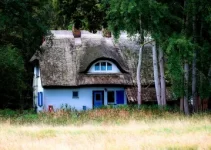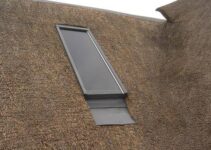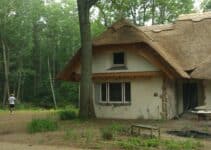Who doesn’t love the idea of owning a private island? And crannogs are simply a man-made version of that very thing. For the thousands of years that Crannogs were in use, they were a status symbol – in the same way that private islands are now.
But crannogs had many functions beyond those of status. Lets look at what crannogs are and their relationship with thatched roofs.
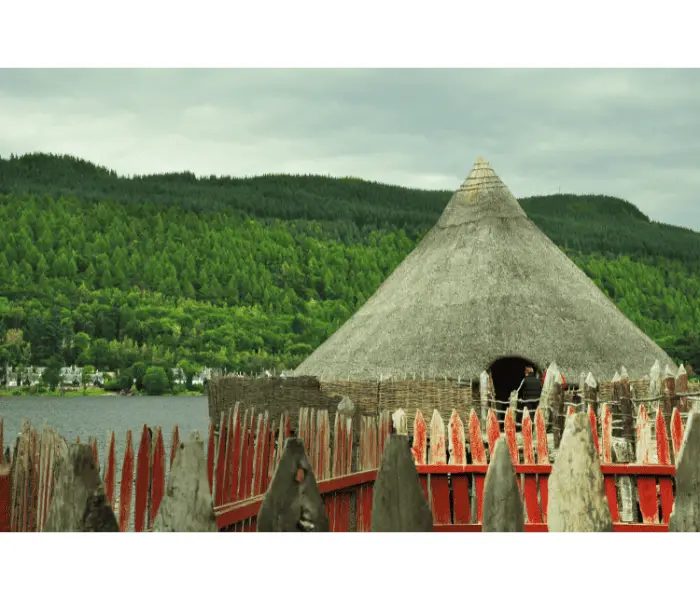
What Are Crannogs?
Crannogs are fascinating ancient structures. Perhaps even more fascinating because they are still slightly mysterious.
But if you’ve never heard of crannogs you’ll be wondering what they are. And we’re happy to enlighten you.
Crannogs are raised platforms or artificially created islands above a body of water, usually a loch. They are mostly connected to the land by a causeway, bridge or pier and can almost exclusively be found in Scotland, Ireland and a few areas of Europe.
On the platform or island, there is a roundhouse dwelling. This is a round structure often made of wood or wattle-and-daub and topped with a thatched roof.
The earliest crannogs, found in the Hebrides, have pottery that can be dated to before Stonehenge, about 3600 BC.
There are many theories about what Crannogs could be, so let’s look at the most significant possibilities.
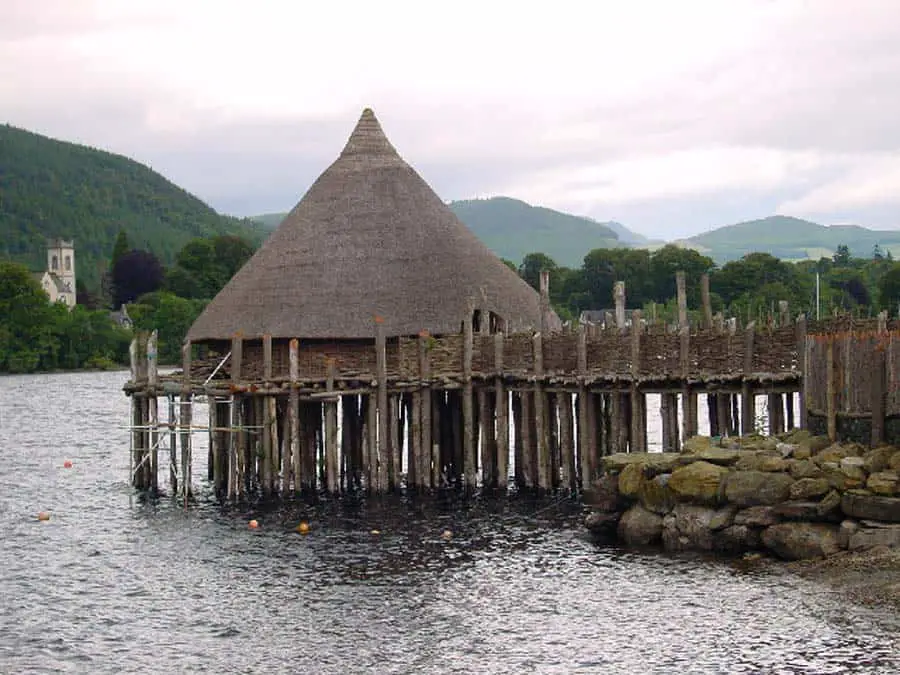
What Was the Purpose of a Crannog?
There are roughly 600 crannogs in Scotland, over 2,000 in Ireland, 1 in Wales and more scattered through Europe that have been found so far.
But because they were first constructed in the British Isles more than 5,000 years ago, it’s easy to believe that their usage may have changed over that time.
No one knows exactly what crannogs were built for. But the material remains that were found by archaeologists at these ancient sites can give us a clue.
Opinions may be divided but we’ll share the main theories with you.
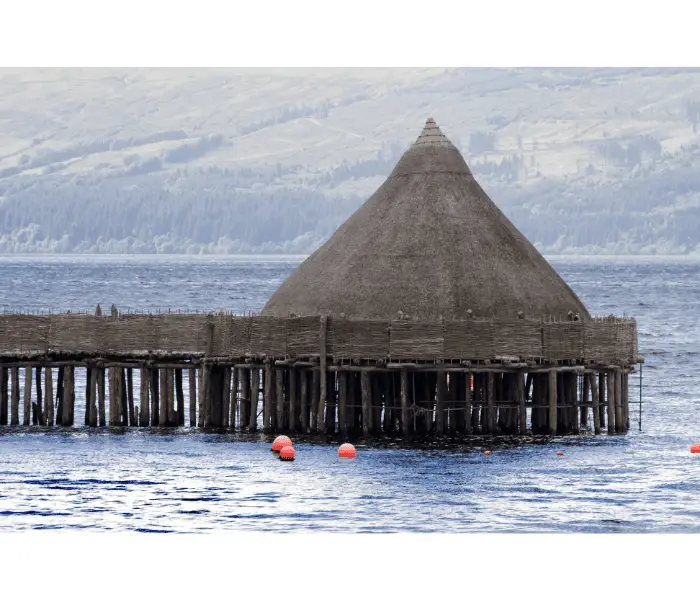
Habitation
It was assumed for a long time, that all crannogs must have been some sort of home.
A roundhouse built on a platform for a high-status member of the community, or for the long-standing family who worked the land and loch (loughs in Ireland) around them are natural assumptions for its construction. And it’s partially true.
Because they take so long to construct, crannogs would probably not have been the homes of your everyday farmer.
They may have been built by a single family or clan over time or by enforced labour. Either way, they represent a great deal of effort and time and were definitely intended as a status symbol just as much as for practical purposes.
However, not all crannogs were lived in. Archaeologists have found many crannogs don’t show the signs of continual habitation you might expect, such as burning and waste.
And even those that were lived in may not have been homes for the entirety of their lifetime.
Defence
Some antiquarians proposed that crannogs were used for defensive purposes. Archaeologists are divided on this now.
Primarily because few crannogs were built in deep enough water to pose much of a hindrance to an attacking force.
Having said that, any depth of water offers a slight advantage to those in the crannog and so there is a small defensive aspect to most.
For those crannogs built in deeper water, it’s easier to see that they may have had defensive potential. And if the causeway was narrow it would have been easier to defend and perhaps could even be raised like a drawbridge.
Ceremony
When archaeologists use the phrase ‘ritual purposes’, it’s sometimes a sign that they are not sure of the exact usage.
But with such distinctive features, it’s easy to see why some specialists see crannogs as having spiritual or ceremonial significance. And it’s possible that some crannogs were constructed solely for ritual purposes.
We have already learned that crannogs take time and effort to build. They would not have been constructed lightly.
So in the same way that cathedrals were built sometimes over hundreds of years, crannogs could have been constructed with care to make them a worthy place of worship for the surrounding community.
Water often holds significance in many religious practices and so a structure built above a body of water may have been considered particularly ‘holy’.
Meeting and Trading
Being built slightly off the land claimed by a certain community is an ideal place to trade and meet.
And it’s been thought by some historians that crannogs are enough of an ‘other’ place to be considered neutral territory by an opposing clan leader who has been called for a summit.
It could also have been a community hub for the clan. A place where news was discussed or events were celebrated.
Crannogs could also be a great place for traders to arrive and exchange goods, especially as many would have arrived by water.
It means your community is kept at arm’s length from potential threats posed by traders but much-needed goods were bought in. It also would also be a great place for the storage of traded good before they were sold or disseminated into the community.
Thatching and Crannogs
The roof structure on crannogs would have been topped with thatch. And thatch was hugely important for a number of reasons. The main reason, of course, is protection from the elements.
If you’ve visited Ireland or Scotland, you’ll know that inclement weather is the norm and that temperatures, particularly in the north of Scotland, can get very low indeed.
Thatch, when pitched at the right angle, can allow snow and rain to slide from the roof into the surrounding water.
As well as this, if laid well and to a reasonable thickness, its insulating properties will keep the inhabitants dry and warm during the most inhospitable conditions.
Not only this, but thatch also lets the smoke from the hearth fire permeate between the rafter poles and thatch (reeds, bracken and rushes) with which the roof was constructed.
Of course, the material used in the thatch would have depended on what was available in the surrounding area at the time of construction.
But well-thatched crannogs rooves offer the perfect mix of insulation and ventilation.
If the idea of crannogs intrigues you, there are a number in the UK and the Republic of Ireland that have been reconstructed and they are certainly worth a visit.
It’s not only a fascinating insight into an ancient structure that retains a certain mystery but connects us more deeply to our ancestors and how they would have lived.
